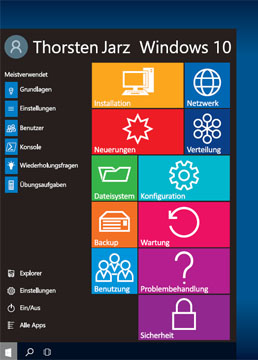This article applies to volume-licensed Windows 7 devices that use Key Management Service (KMS) activation and have the KB 971033 update installed. Some users may receive the Windows Activation or "Windows is not genuine" notifications starting at or after 10:00 UTC, January 8, 2019.
On January 9, 2019, we reverted a change that was made to Microsoft Activation and Validation servers. For devices that continue to report activation and “not genuine” notifications, you should remove KB 971033 by following the steps in the "Resolution" section.
Windows editions that support volume-licensing activation include the following:
- Windows 7 Professional
- Windows 7 Professional N
- Windows 7 Professional E
- Windows 7 Enterprise
- Windows 7 Enterprise N
- Windows 7 Enterprise E
For Windows editions that experience activation and “not genuine” errors that are not caused by the Microsoft Activation and Validation server change around January 8, 2019, we recommend that you follow standard activation troubleshooting.
Resolution
To determine whether KB 971033 is installed, use one of the following methods.
- Open the Installed Updates item in Control Panel (Control Panel > Windows Update > View update history> Installed Updates), and then look for Update for Microsoft Windows (KB971033) in the list.
- Run the following command in a Command Prompt window as administrator, and then look for Microsoft-Windows-Security-WindowsActivationTechnologies-package~31bf3856ad364e35~amd64~~7.1.7600.16395 in the results:
dism /online /get-packages - Run the following command at a command prompt, and then look in the results for an indication that KB 971033 is installed:
wmic qfe where HotFixID="KB971033" - Run the following command in Windows PowerShell, and then look in the results for an indication that KB 971033 is installed:
Get-Hotfix -id KB971033
If KB 971033 is currently installed, use one of the following methods to remove the update. We recommend that you restart the system after the update is removed.
- In the Installed Updates item in Control Panel (Control Panel > Windows Update > View update history > Installed Updates), right-click Update for Microsoft Windows (KB971033), and then select Uninstall.
- Run the following command in a Command Prompt window as administrator:
wusa /uninstall /kb:971033
- Run the following command in a Command Prompt window as administrator:
dism /online /Remove-Package /PackageName:Microsoft-Windows-Security-WindowsActivationTechnologies-Package~31bf3856ad364e35~amd64~~7.1.7600.16395
After KB 971033 is uninstalled, or after it no longer appears as installed, rebuild the activation-related files and then reactivate the system by running the following commands in a Command Prompt window as administrator:
net stop sppuinotify
sc config sppuinotify start= disabled
net stop sppsvc
del %windir%\system32\7B296FB0-376B-497e-B012-9C450E1B7327-5P-0.C7483456-A289-439d-8115-601632D005A0 /ah
del %windir%\system32\7B296FB0-376B-497e-B012-9C450E1B7327-5P-1.C7483456-A289-439d-8115-601632D005A0 /ah
del %windir%\ServiceProfiles\NetworkService\AppData\Roaming\Microsoft\SoftwareProtectionPlatform\tokens.dat
del %windir%\ServiceProfiles\NetworkService\AppData\Roaming\Microsoft\SoftwareProtectionPlatform\cache\cache.dat
net start sppsvc
cscript c:\windows\system32\slmgr.vbs /ipk <edition-specific KMS client key>
cscript c:\windows\system32\slmgr.vbs /ato
sc config sppuinotify start= demand
Note In the first "cscript" command, replace <edition-specific KMS client key> with the actual key. For more information, see the following Microsoft Docs article:
The following table lists the KMS client keys for each edition of Windows 7.
|
Operating system edition |
KMS Client Setup Key |
|
Windows 7 Professional |
FJ82H-XT6CR-J8D7P-XQJJ2-GPDD4 |
|
Windows 7 Professional N |
MRPKT-YTG23-K7D7T-X2JMM-QY7MG |
|
Windows 7 Professional E |
W82YF-2Q76Y-63HXB-FGJG9-GF7QX |
|
Windows 7 Enterprise |
33PXH-7Y6KF-2VJC9-XBBR8-HVTHH |
|
Windows 7 Enterprise N |
YDRBP-3D83W-TY26F-D46B2-XCKRJ |
|
Windows 7 Enterprise E |
C29WB-22CC8-VJ326-GHFJW-H9DH4 |
Quelle: Support Microsoft




